
When the temperature of crude oil, heavy oil, lubricating oil and other oils is low, they need to be heated for transportation because of their high viscosity. Therefore, the storage tanks of these oils need to be heated for transportation. The following describes the heating operation details of the oil storage tank.
Before heating
1. Check the oil storage tank for oil leakage; 2. Whether the valve of the oil tank is closed in place, whether there are combustibles around the top and bottom of the tank, if there is oil leakage, heating is prohibited, and the combustibles are placed 5m away from the bottom of the tank; 3. Check whether the fire-fighting facilities are in place, and the fire-proof sand of the fire extinguisher is placed and stacked in order; 4. Measure the liquid level in the oil storage tank, and there should be at least 30 cm gap in the tank to prevent overflow during heating; 5. Check the weather conditions, no heating in rainy weather.
Heating
1. Check the liquid in the oil storage tank every 30 minutes, and touch the temperature of the tank at any time. Generally, the low temperature of the tank is 60℃, oil and water can be separated. Remember that the oil temperature should not be too high to prevent the oil from overflowing the tank. 2. After the temperature is increased, all the fire in the furnace will be extinguished. When the temperature is reduced to 40℃, dehydration treatment will be carried out. The oil in the tank will be measured, the drainage record will be completed, and the oil will be sent out.
Just like you, 70% customers choose long-term cooperation with BBN steel not only for our good product and service quality, good reputation in the international market, but also for our experienced one-stop raw material supply and further steel processing!

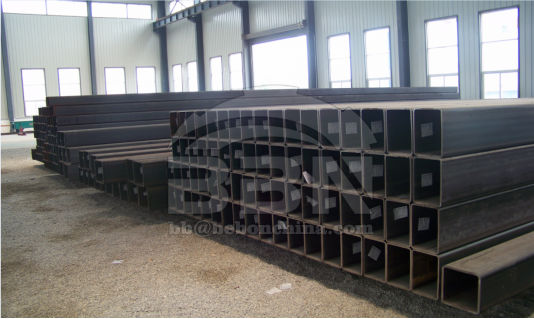
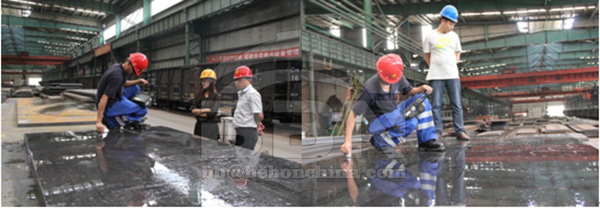

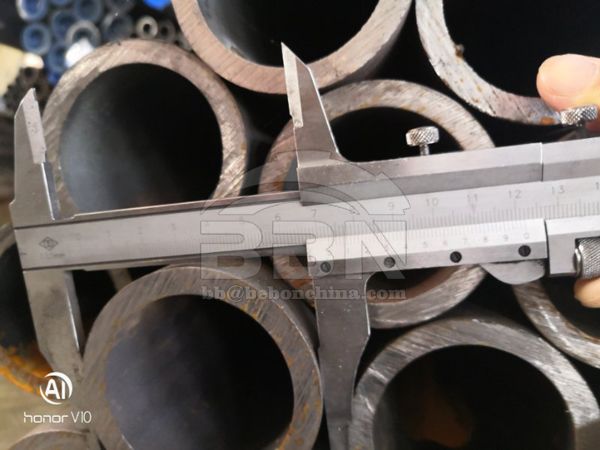

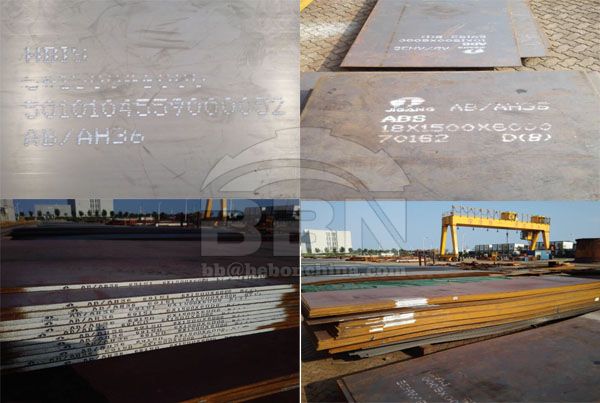
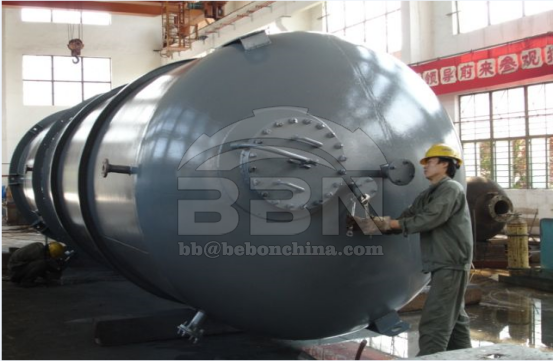
Henan BEBON Iron&Steel co.,ltd.